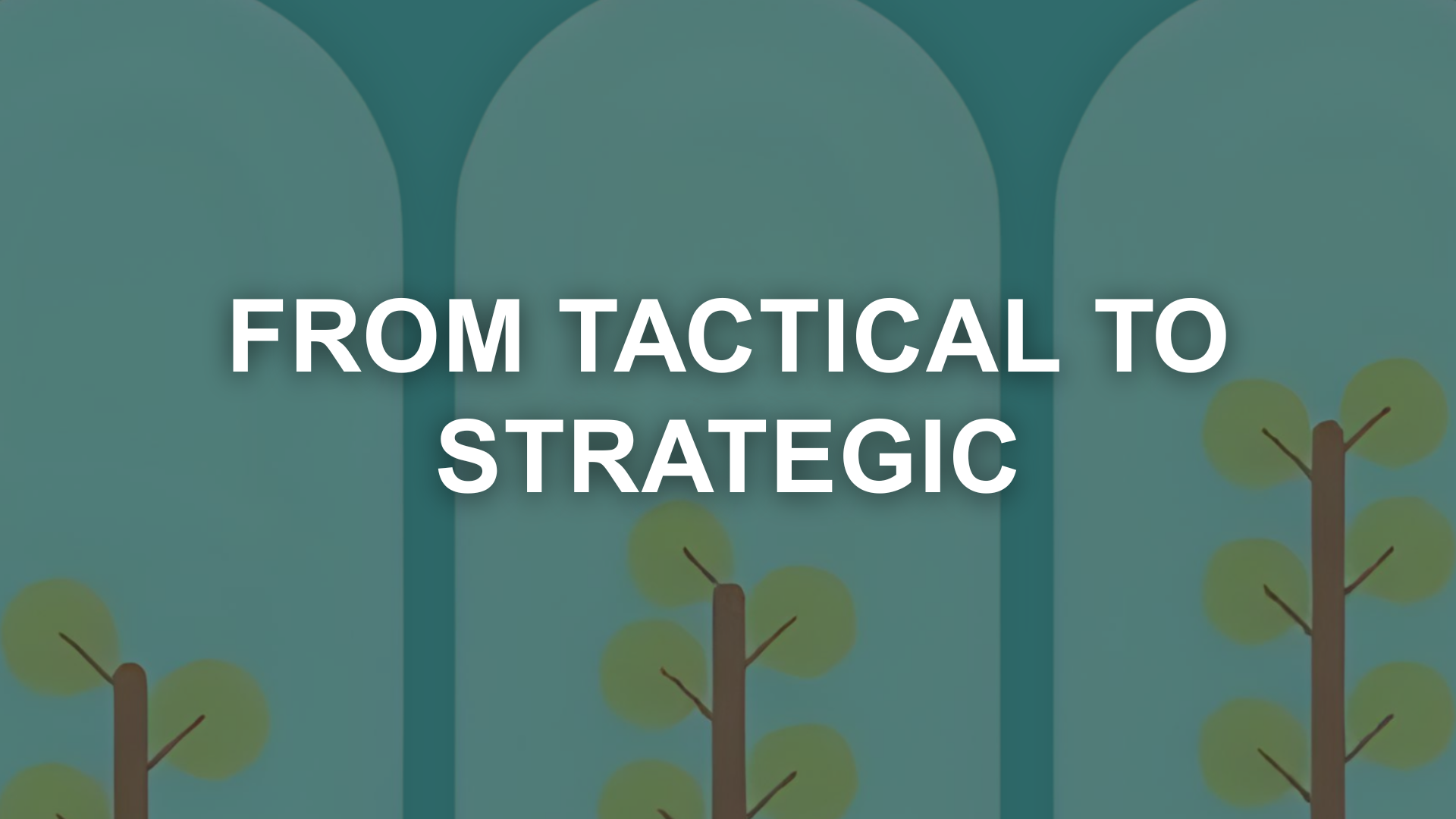
STRATEGIC THINKING
Developing Strategic Thinking: The Power of Open Questions
JULY 2025
DISCLAIMER: ALL VISUAL CONTENT AND DESIGNS WERE CREATED USING CANVA.Kate Liu-Bevan
Author
It was a crisp Saturday morning when I witnessed a powerful exercise in strategic thinking. A local vicar, faced with declining congregation numbers and waning appeal of church gatherings, gathered a small group of volunteers to brainstorm solutions. The church community, once thriving, was now struggling, and they needed a way forward.
Instead of rushing into solutions, the vicar had a different approach. He asked everyone to sit in a circle and start asking open-ended questions: “What are the changing demographics of our community? Are our services held at competing times with other community events? Which members of our community are we losing from services? What possible solutions could we explore?"

“If I had an hour to solve a problem, I'd spend 55 minutes thinking about the problem and 5 minutes thinking about solutions.”
- Albert Einstein
At first, it felt uncomfortable. Most of us instinctively wanted to jump into solution-finding mode. But this exercise of asking open questions exposes the essence of strategic problem solving. It starts with asking a first and very fundamental question, namely “is the question we are asking the right question to be asking?” In other words, by re-framing the problem we might ask a different question, to the one we were asking. This will then get to the heart of the problem and enable effective solutions to come to the fore.
Going back to the church discussion, as the group asked deeper questions, insights began to emerge. One person wondered if the church’s traditional structure was out of sync with the community’s evolving needs. Another questioned whether younger families were missing due to a lack of engaging programs for children. Slowly, a more complex picture emerged—not just a decline in faith, but shifting expectations around community life.
This exercise highlighted two important thinking systems: System 1 and System 2 thinking, as well as divergent and convergent thinking.
System 1 thinking is fast, intuitive, and automatic. When we first began, many of us relied on it to jump to conclusions. But System 2 thinking, which is slower, more deliberate, and analytical, is key to strategic thinking. The vicar’s open-ended questions encouraged us to move into System 2 thinking, allowing us to reflect deeply and consider all perspectives.
As the discussion unfolded, we engaged in divergent thinking, generating multiple possibilities and exploring the bigger picture. This led to new insights and a deeper understanding of the issues. Eventually, the group moved to convergent thinking, narrowing down ideas to identify practical, actionable solutions.

“The vicar’s open-ended questions encouraged us to move into System 2 thinking, allowing us to reflect deeply and consider all perspectives.”
Through this exercise, the group realised that the solution wasn’t about simply increasing numbers or hosting more events. It was about understanding the community’s evolving needs and aligning the church’s offerings to meet them.
In leadership, whether in a church, business, or any other field, developing strategic thinking starts with asking the right questions. It’s about pausing, exploring multiple possibilities, and then narrowing down to the most effective solutions. By tapping into both divergent and convergent thinking and shifting to System 2 thinking, we can uncover deeper insights and create meaningful, sustainable solutions.
Next time when you face a challenge, ask open-ended questions and take the time to reflect. The insights you gain will help you approach problems strategically and lead with greater clarity and confidence.









